Frequency range: 26.5- 28MHz SWR: ≤1.2:1 Max. power: 35W continuous 250W Short time Bandwidth at S.W.R. 2:1: 1900KHz Impedance: 50ohm Whip length: 1200mm Adjustment: 0~90° Cable Length: RG58/157" Po...
See DetailsHow is the anti-interference ability of CB Antenna in complex electromagnetic environment?
In today's highly information-based era, the electromagnetic environment is becoming increasingly complex, and various wireless communication devices interfere with each other, which poses a severe challenge to the normal operation of CB Antenna. So, what is the anti-interference ability of CB Antenna in complex electromagnetic environment?
First of all, understanding the working principle of CB Antenna is crucial to understanding its anti-interference ability. CB Antenna mainly communicates by receiving and transmitting radio signals of specific frequencies. Its design usually takes into account factors such as the frequency range, power requirements, and directivity of the antenna. In a complex electromagnetic environment, CB Antenna needs to be able to effectively filter out unwanted signals while accurately receiving and sending target signals.
The anti-interference ability of CB Antenna is mainly reflected in the following aspects. First, good frequency selectivity. Through carefully designed filters and tuning circuits, CB Antenna can only receive signals within a specific frequency range, while effectively suppressing interference signals of other frequencies. This enables it to accurately lock the target signal among many wireless signals of different frequencies and reduce the impact of interference.
Second, high directivity. Some CB Antennas have specific directivity, which can focus the signal to transmit and receive in a specific direction. This can not only improve the strength and clarity of the signal, but also reduce the impact of interference signals from other directions. For example, in directional communication, the use of a high-directional CB Antenna can effectively avoid interference from other wireless devices around.
Third, anti-noise ability. In a complex electromagnetic environment, noise is inevitable. CB Antenna usually uses advanced signal processing technologies, such as noise reduction algorithms and signal enhancement technologies, to improve its anti-noise ability. These technologies can effectively remove noise and improve the signal-to-noise ratio of the signal, thereby ensuring the quality of communication.
In addition, the installation location and method of the CB Antenna will also affect its anti-interference ability. Reasonable selection of the installation location, away from other strong interference sources, such as high-voltage wires, large motors, etc., can reduce the impact of external interference. At the same time, the correct installation method, such as ensuring that the antenna is at an appropriate distance from the ground and other metal objects, can improve the performance and anti-interference ability of the antenna.
In order to further improve the anti-interference ability of the CB Antenna in a complex electromagnetic environment, some additional measures can be taken. For example, use shielding materials to reduce the impact of external electromagnetic interference; install signal amplifiers to enhance the strength of received signals; use digital signal processing technology to improve signal quality and anti-interference capabilities, etc.
CB Antenna has a certain anti-interference ability in complex electromagnetic environments. Through good frequency selectivity, high directivity, anti-noise ability, and reasonable installation position and method, it can accurately receive and send target signals among numerous interference signals. At the same time, by taking some additional measures, its anti-interference ability can be further improved to ensure the quality and reliability of communication.

 English
English Español
Español
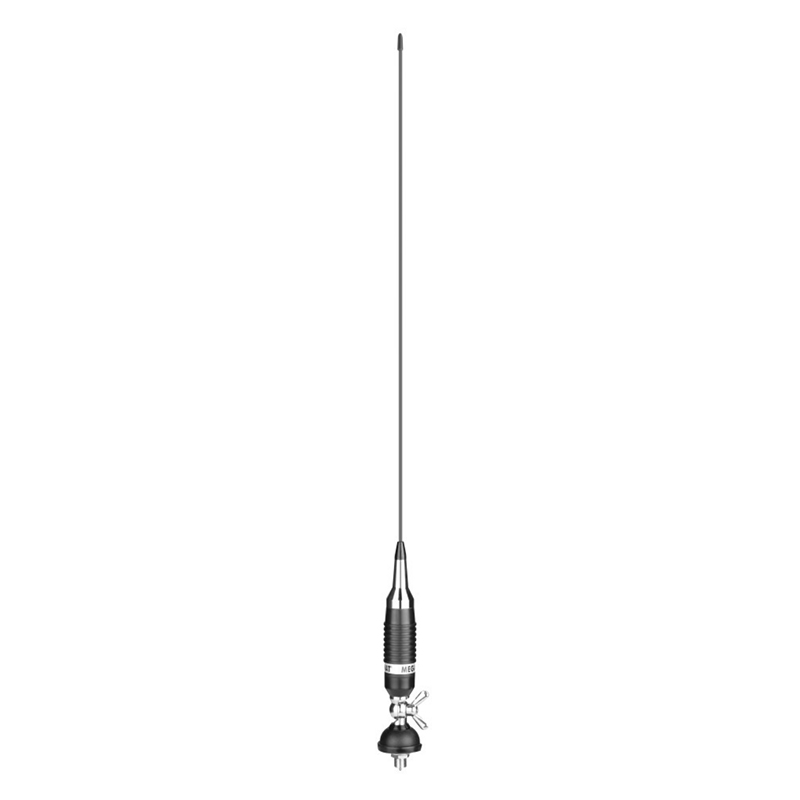
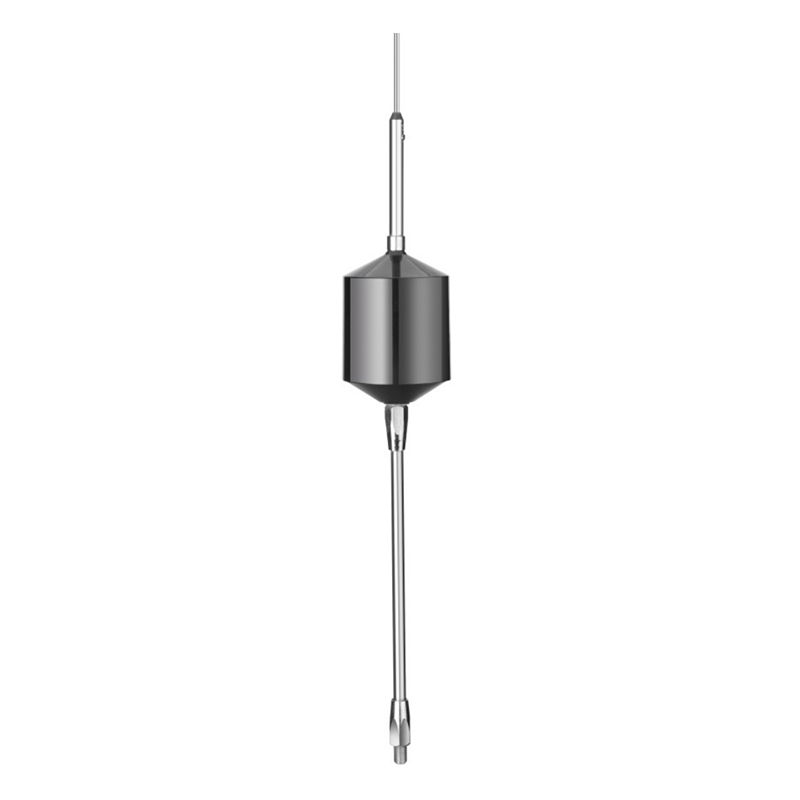

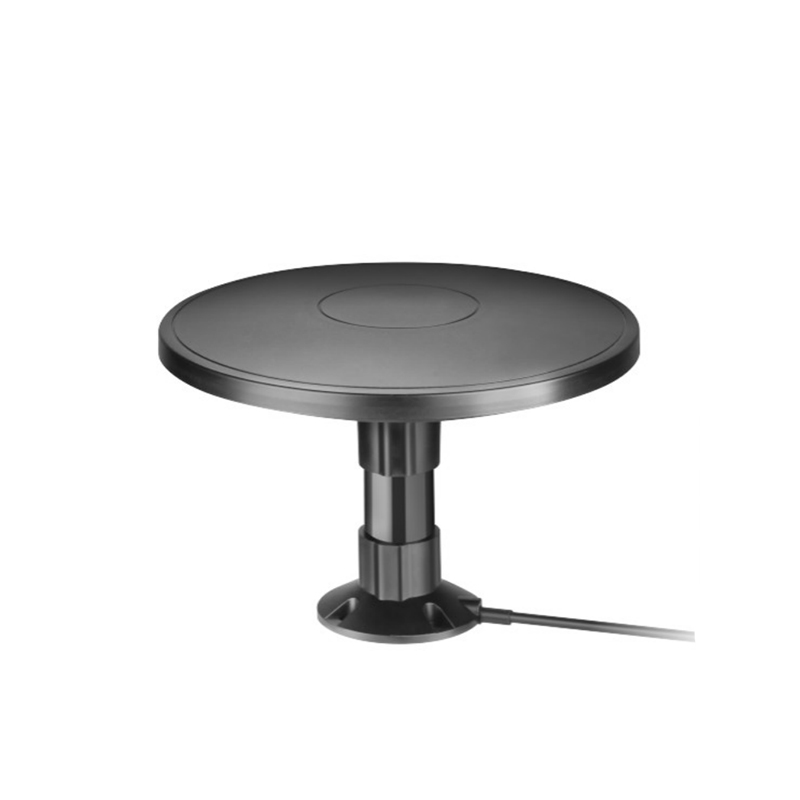
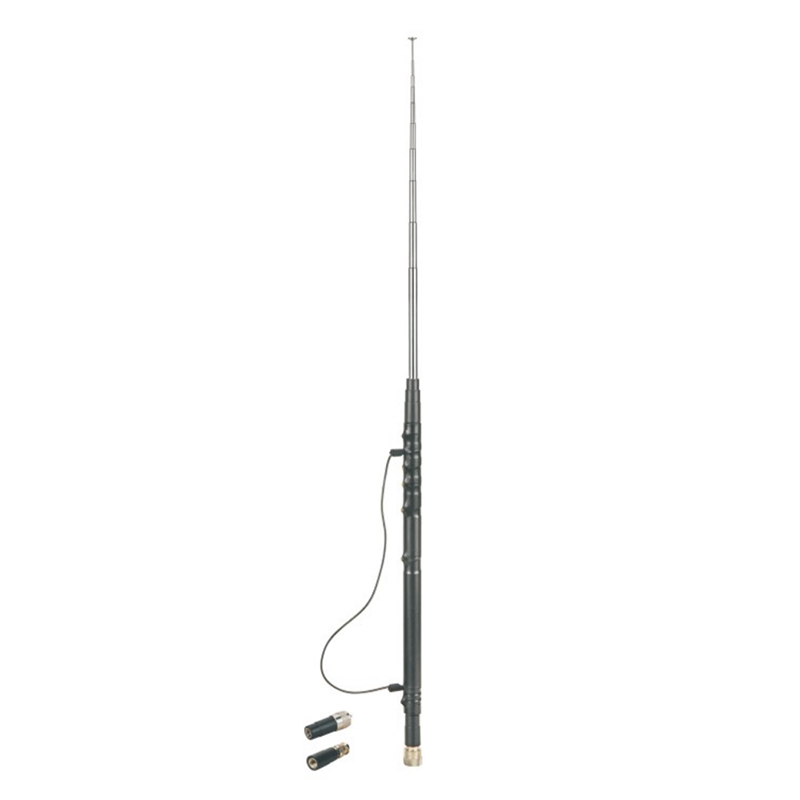

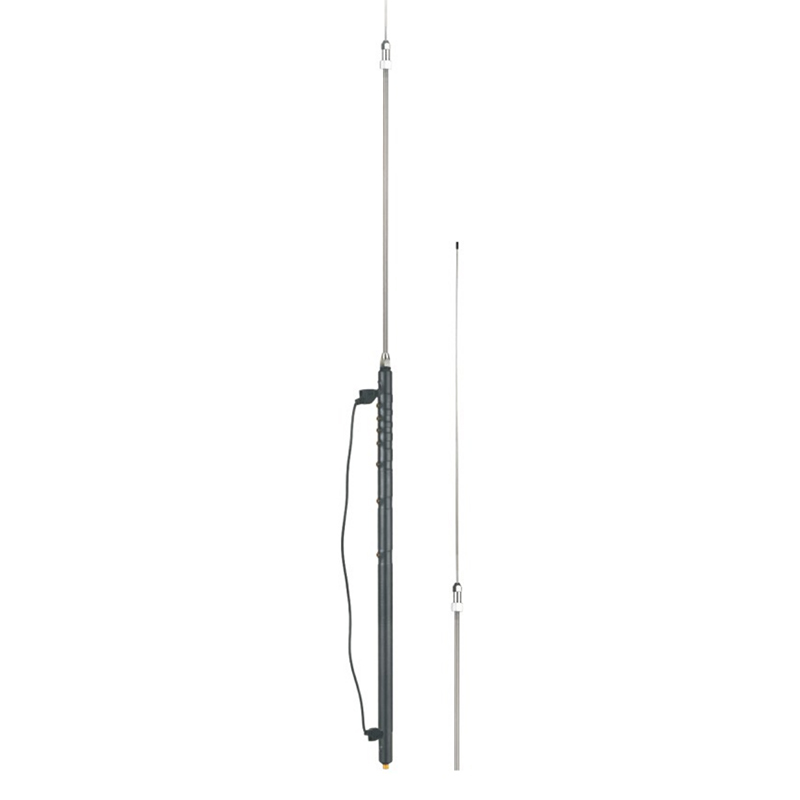
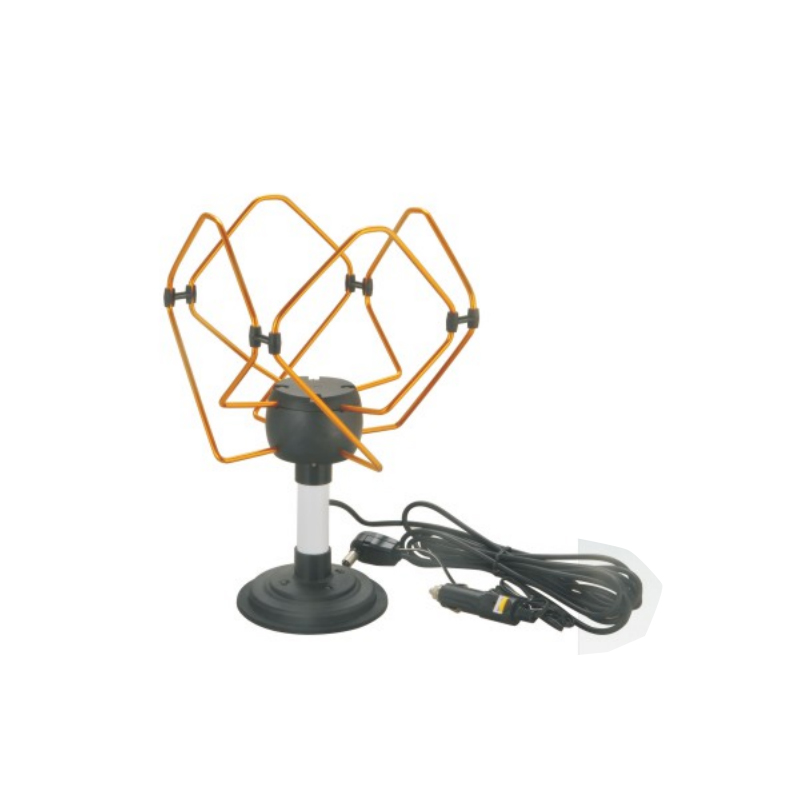
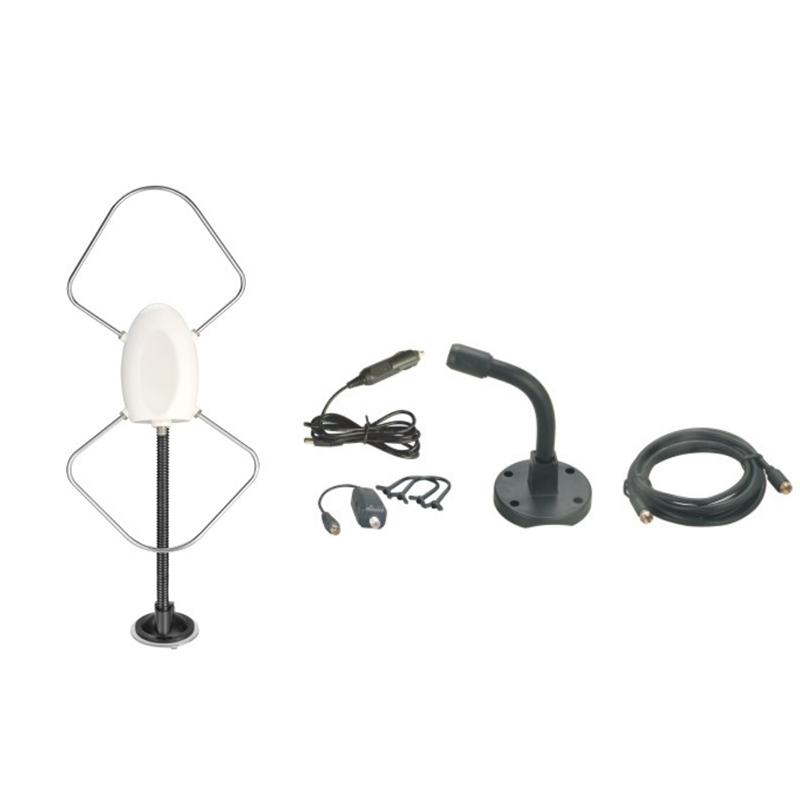
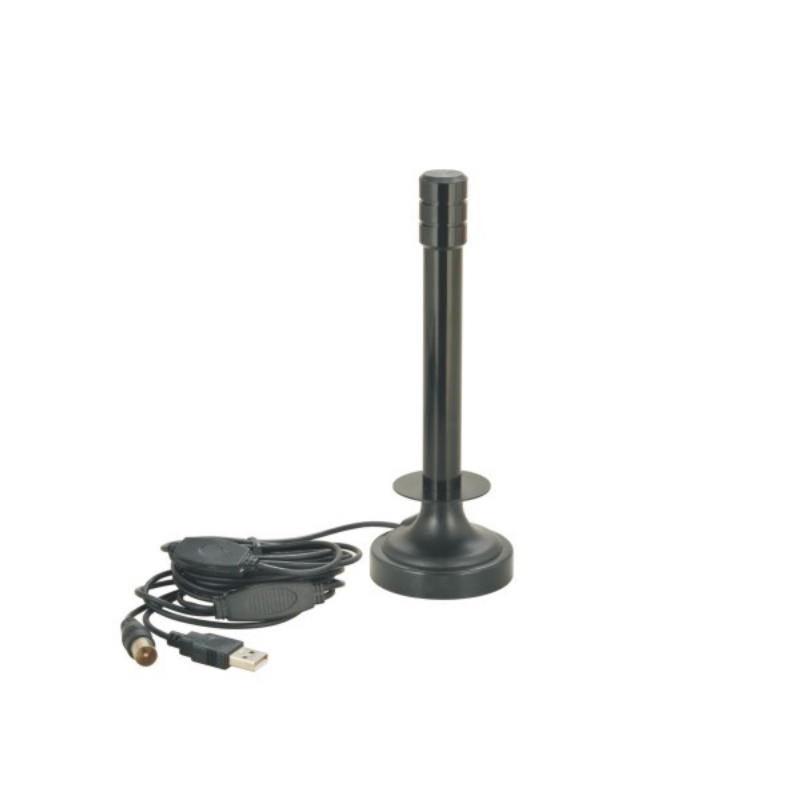
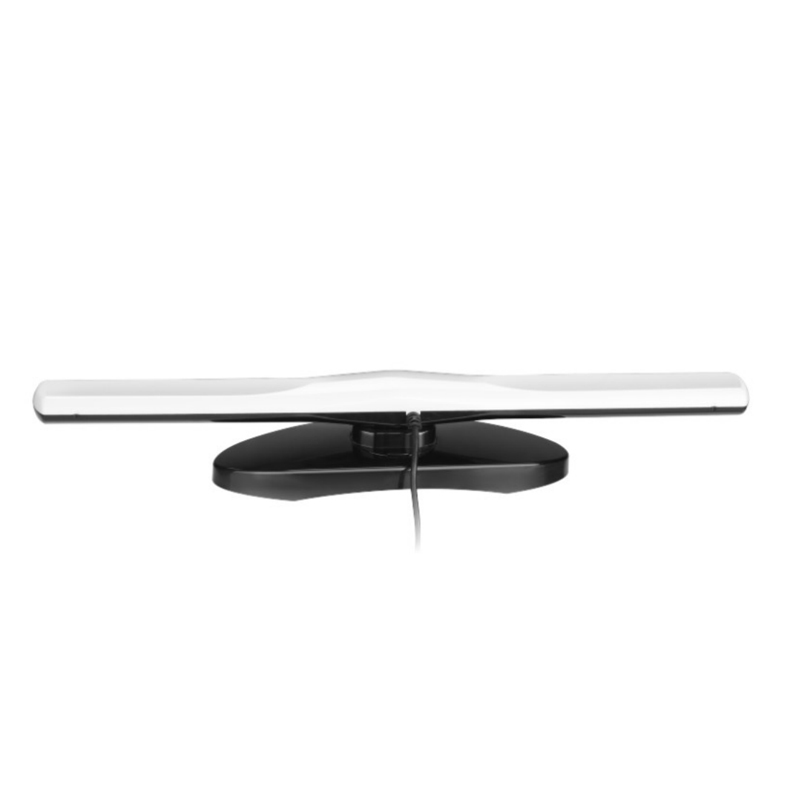
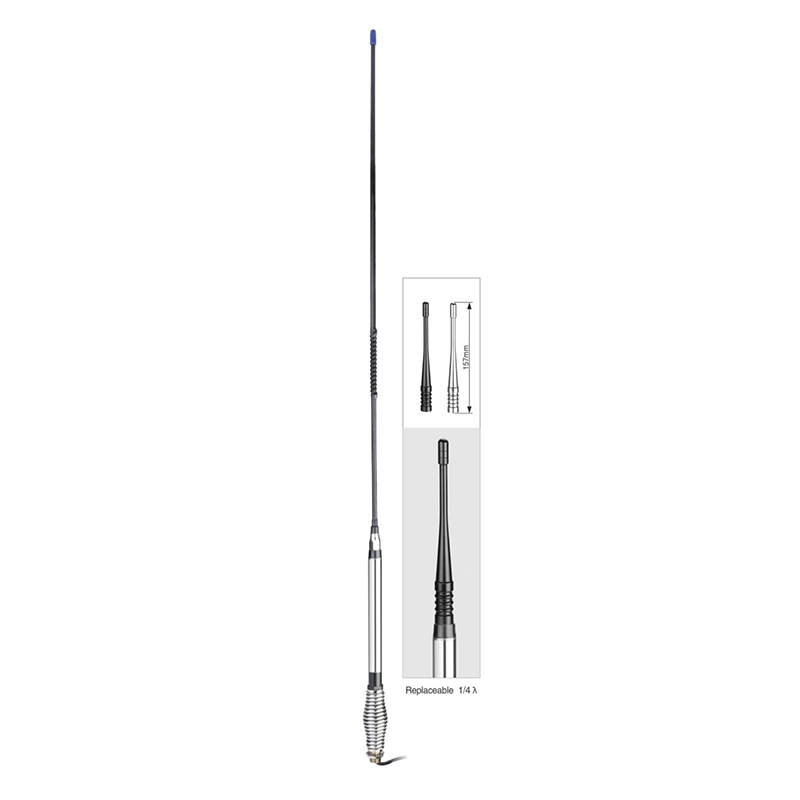

Contact Us